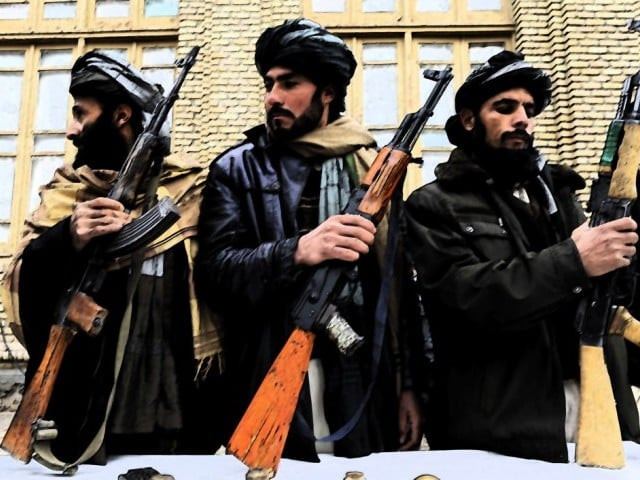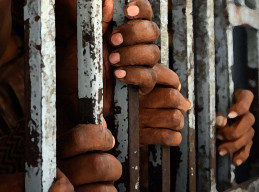

A large section of the media and civil society has been asking the government for some time to mount such raids but without any success. In fact, successive governments have consistently refused to accept the very existence of the menace in the regions now being identified as strongholds of militants. Even the so-called establishment has remained in a state of denial about this fast spreading existential threat to Pakistan. It has been a well-known fact that in southern Punjab, both material and manpower support comes mainly from Rahim Yar Khan, Jhang, Chiniot, Dera Ghazi Khan and Bahawalpur districts, whereas in Sindh, Khairpur, Hyderabad, Shikarpur, Nawabshah and Larkana are the districts from where militant outfits draw much of their support. Sectarian militant organisations are concentrated in these areas. These groups are closely linked to militant groups in Fata and Swat, making it a potential battle ground of sectarian violence. In case of Fata, these areas are used as safe havens by militants fleeing the long arm of the law. The region from Jhang to Bahawalpur is crowded with madrassas and the Lashkar-e-Taiba and the Lashkar-e-Jhangvi hold this region to ransom. According to one estimate, Bahawalpur has the largest number of madrassas in the country. Clerics from Punjab have been caught en route to Waziristan taking young boys from this region, ranging in age from 12 to 18, for training in Waziristan. While Maulana Aziz of Lal Masjid fame was under detention, his wife made numerous visits to various cities of southern Punjab and delivered seditious speeches at a number of gatherings. The vast majority of students at Lal Masjid, both male and female, were also from southern Punjab.
In parts of Sindh, the Taliban are growing in a very strategic way. For instance, on both sides of each town and city — exit and entry — on the roadside or a highway, there is a madrassa run by the fundamentalists. Those who have been monitoring the Taliban moves in the region claim that they are now strategically placed to make deep dents within Sindh and Talibanise it. It is believed that overall, the whole phenomenon of the Talibanisation of Pakistan can be foreseen as concentrating in the Sindh region because the supply route of Nato goes through the province. Therefore, the Taliban try to focus on Sindh. Sindh is a strategic province. If it gets Talibanised, it is feared the whole of Pakistan will be Talibanised. As such, it is also important to note here that by Talibanising Sindh, the enemy will be defeating secular forces, and therefore, the whole of southern Pakistan. In addition, if Sindh is Talibanised, regional experts see Balochistan also coming under the influence of the Taliban because these two regions share the same social fabric. This is also seen as the strategic Talibanisation of the country’s coastal areas. Therefore, before we see such horrendous events materialising, serious resolve and action in rooting out the menace of extremism are needed.
Published in The Express Tribune, February 11th, 2015.
Like Opinion & Editorial on Facebook, follow @ETOpEd on Twitter to receive all updates on all our daily pieces.


















COMMENTS
Comments are moderated and generally will be posted if they are on-topic and not abusive.
For more information, please see our Comments FAQ